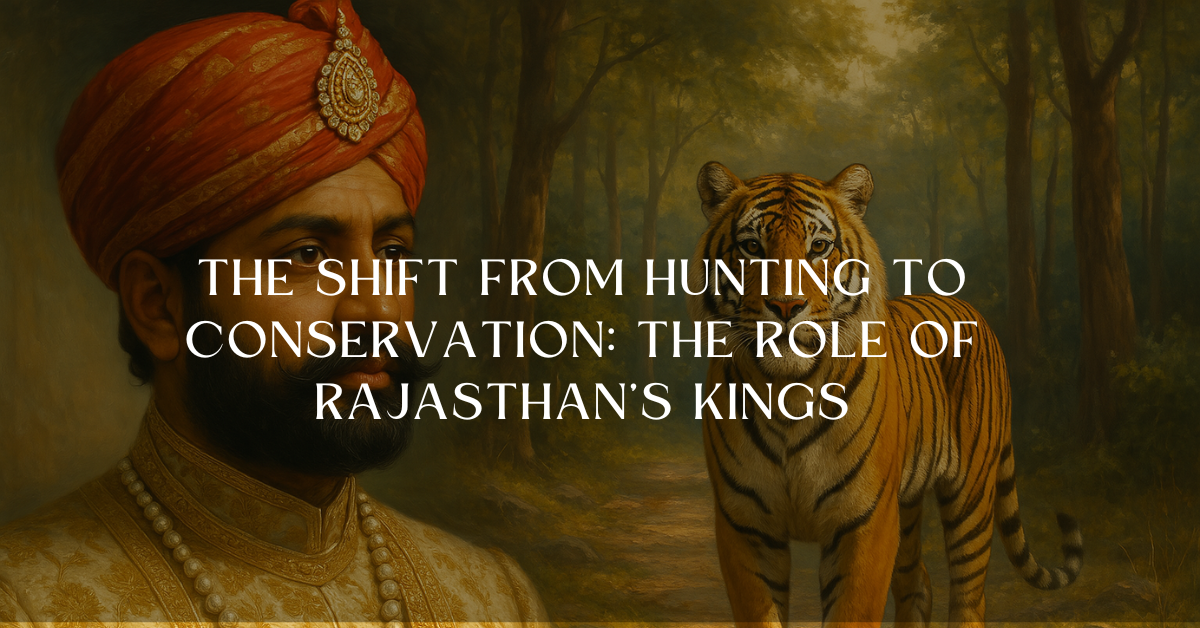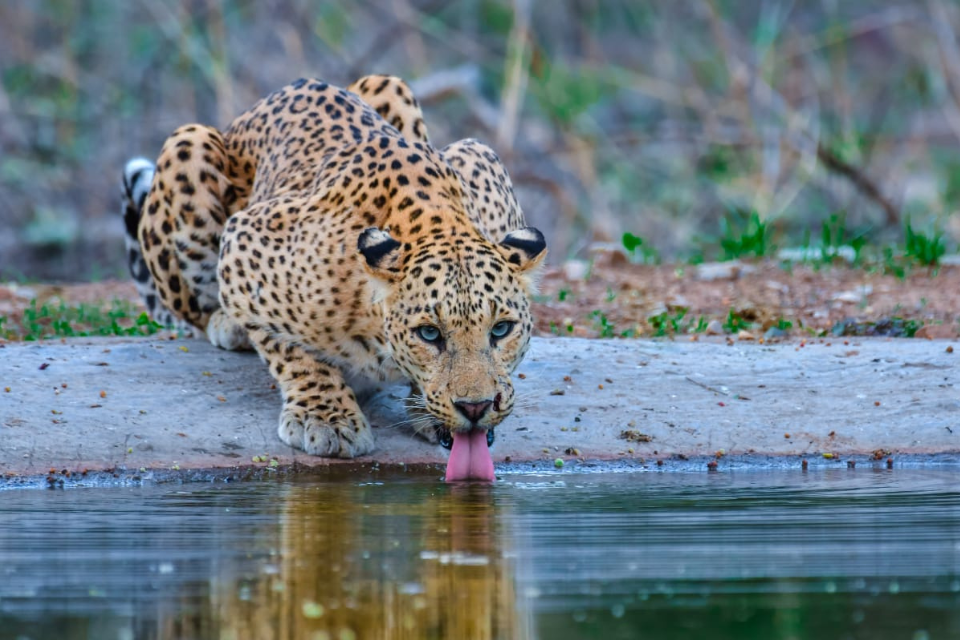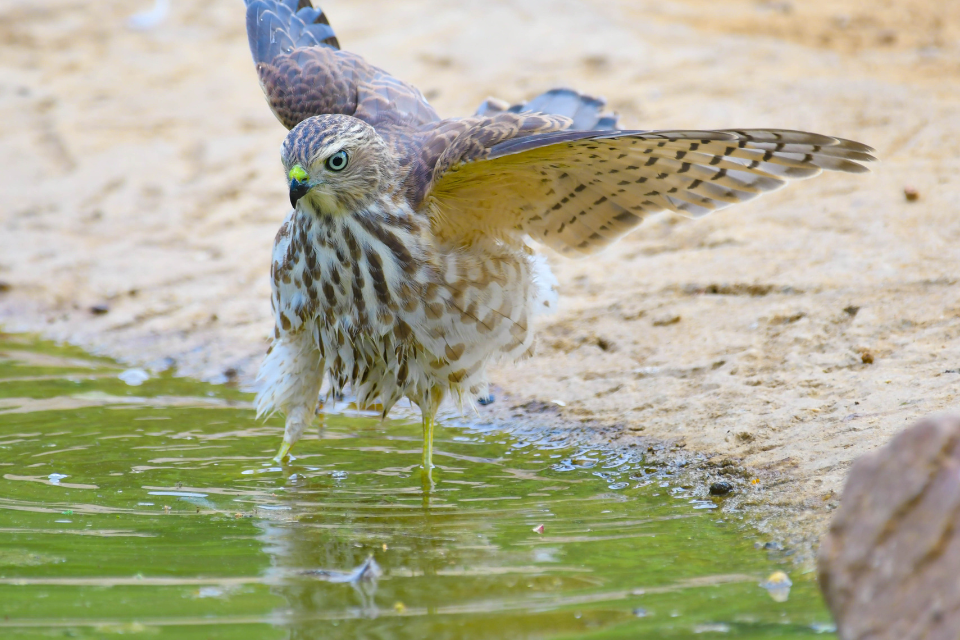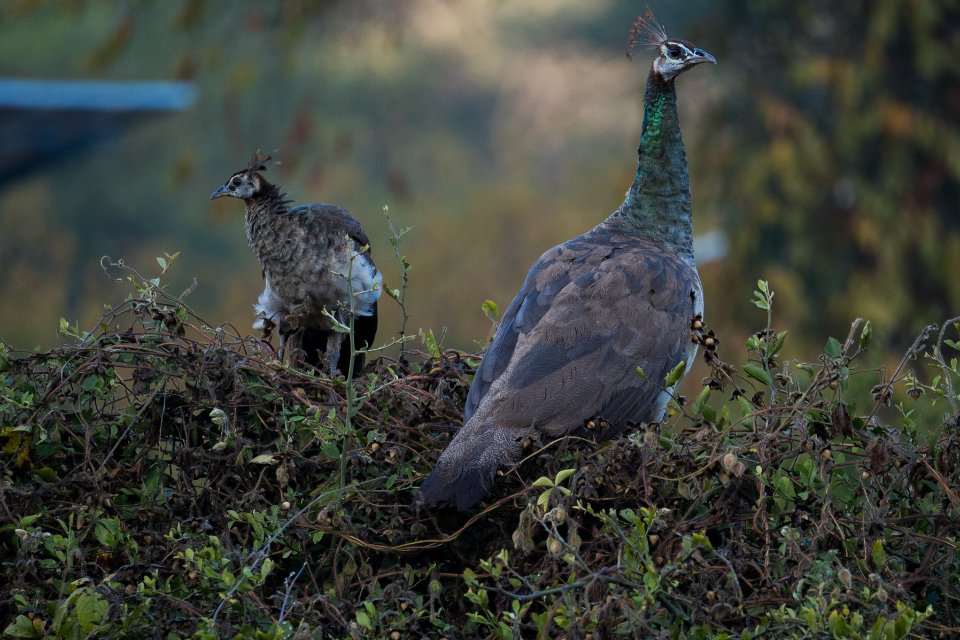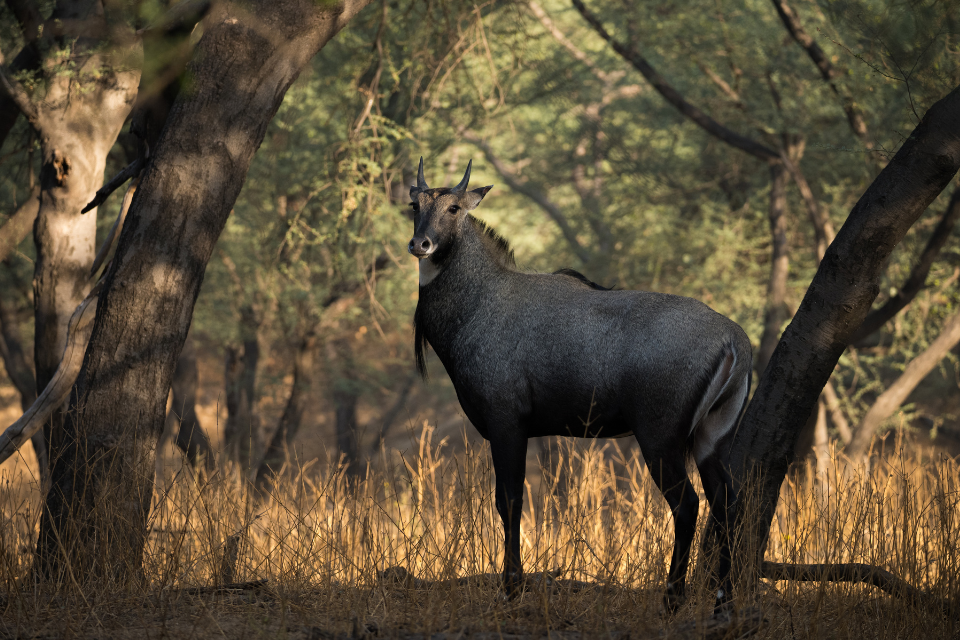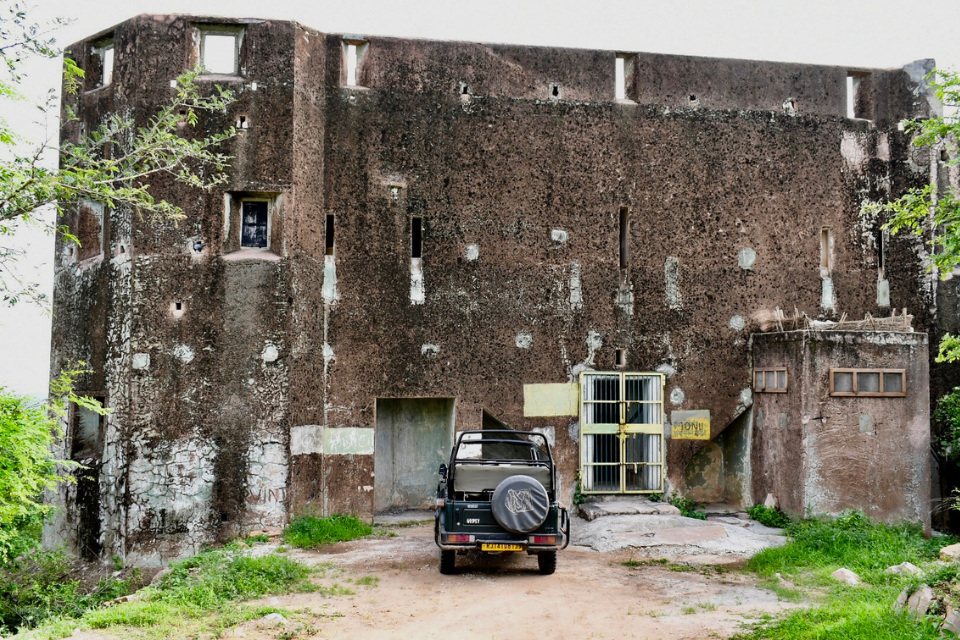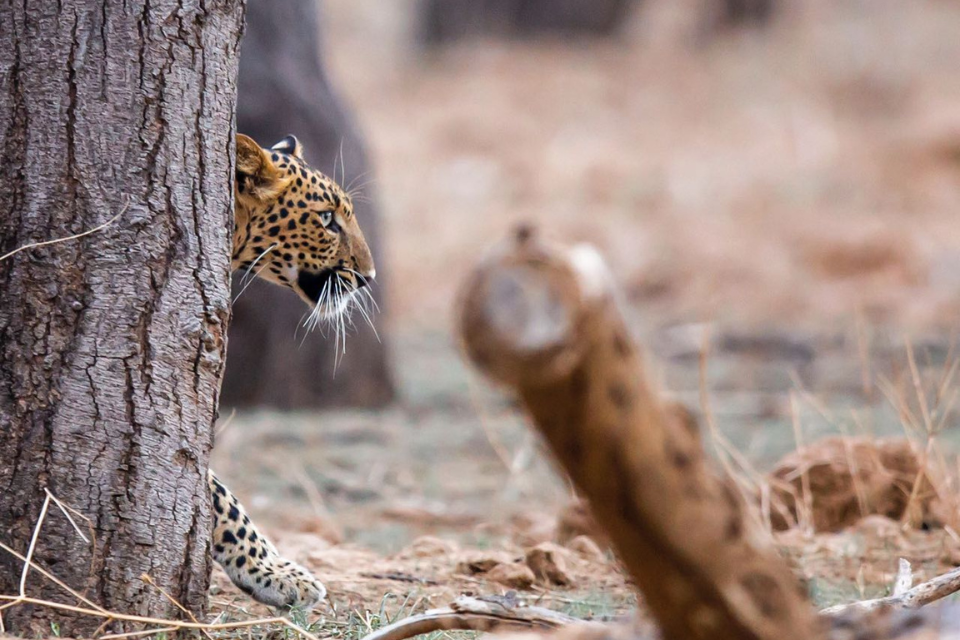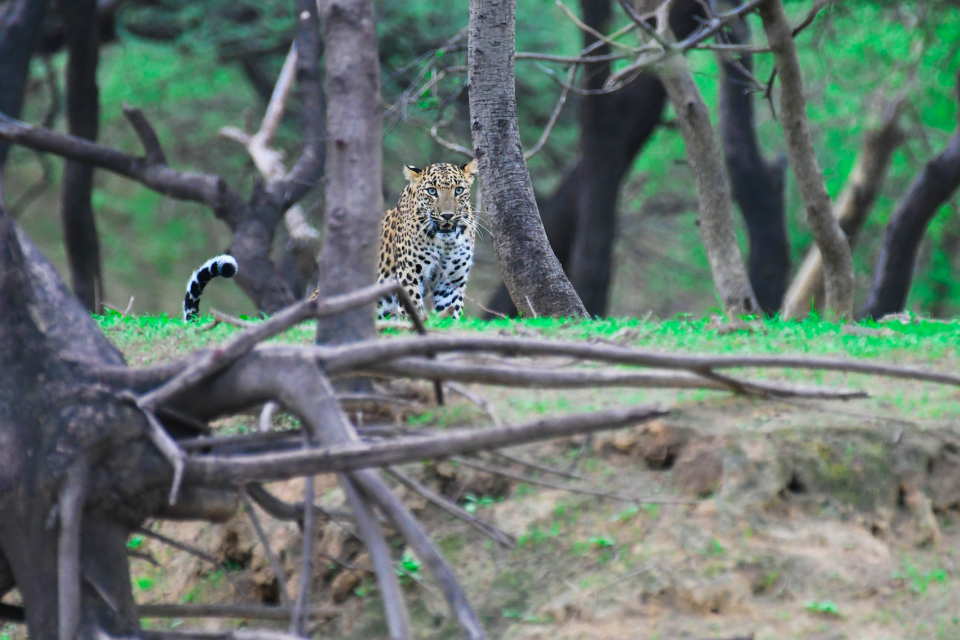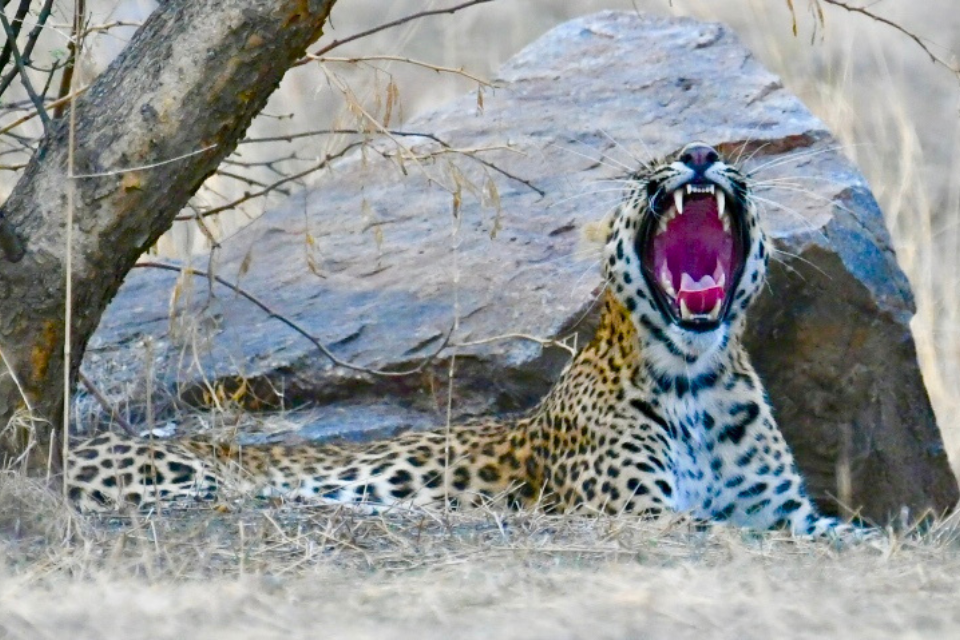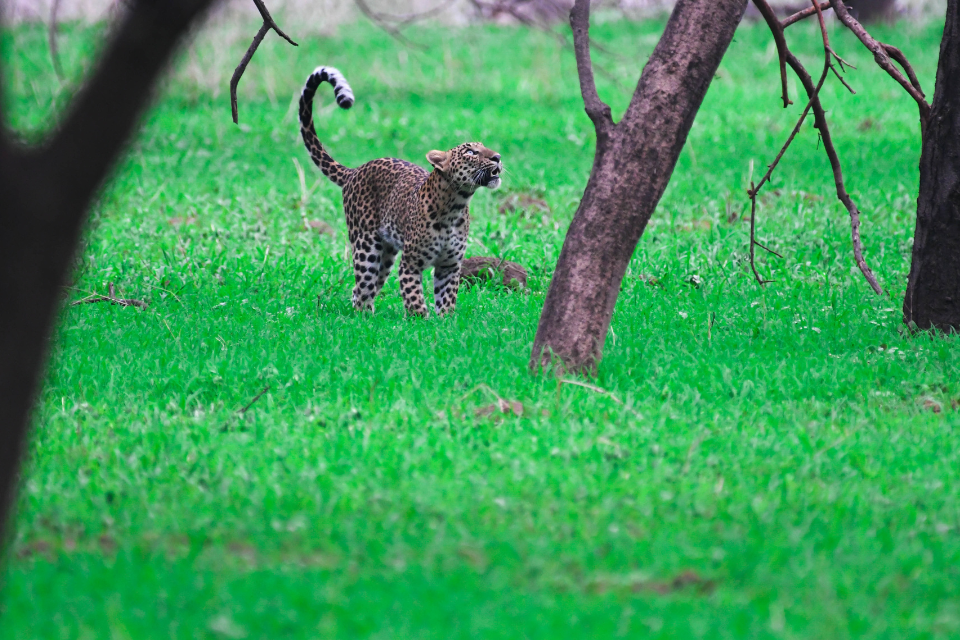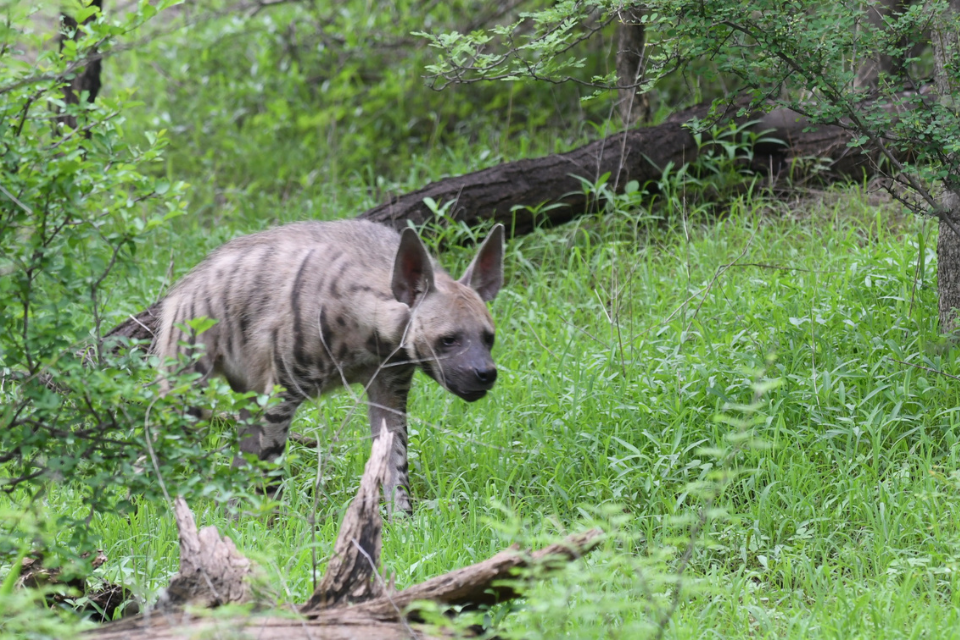- April 23, 2025
The Shift from Hunting to Conservation: The Role of Rajasthan’s Kings
Rajasthan, a land of majestic palaces, fierce warriors, and grand hunting expeditions, has a long history of royalty and wildlife. For centuries, the Maharajas of Rajasthan considered hunting a symbol of power, prestige, and bravery. However, as time passed and wildlife populations declined, many former royal families became champions of conservation, helping to turn hunting grounds into protected sanctuaries and national parks.
This dramatic shift from hunting to conservation played a key role in saving Rajasthan’s tigers, leopards, blackbucks, and rare bird species. Let’s explore how Rajasthan’s kings transitioned from hunters to protectors, shaping the state’s modern conservation efforts.
- The Era of Royal Hunting – A Symbol of Power (Pre-1947)
Before India’s independence in 1947, Rajasthan’s forests were privately controlled by its ruling families. Hunting, known as shikar, was a royal tradition—an activity that demonstrated courage, skill, and nobility.
🎯 Why Did Rajasthan’s Kings Hunt?
✔ Hunting was a royal sport, enjoyed by Rajput kings and British officers.
✔ Big game like tigers, leopards, blackbucks, and wild boars were commonly hunted.
✔ Elephants, horses, and falcons were used in grand hunting expeditions.
✔ It was seen as a duty of kings to control predator populations, preventing attacks on villages.
🚀 Shocking Fact: Some Maharajas reportedly killed over 100 tigers in a lifetime, drastically reducing their numbers.
🏹 Famous Hunting Reserves of Rajasthan’s Royal Families
Royal Hunting Ground | Modern Wildlife Reserve | Animals Once Hunted |
Ranthambore (Jaipur Royal Family) | Ranthambore National Park | Tigers, leopards, deer |
Sariska (Alwar Royal Family) | Sariska Tiger Reserve | Tigers, wild boars, nilgai |
Keoladeo (Bharatpur Royal Family) | Keoladeo National Park | Ducks, geese, cranes |
Jawai (Pali Region, Rabari Communities) | Jawai Leopard Reserve | Leopards, antelopes, hyenas |
🚀 Historical Event: The Maharajas of Bharatpur once hosted hunting festivals where thousands of birds were shot in a single day—before the area became a bird sanctuary.
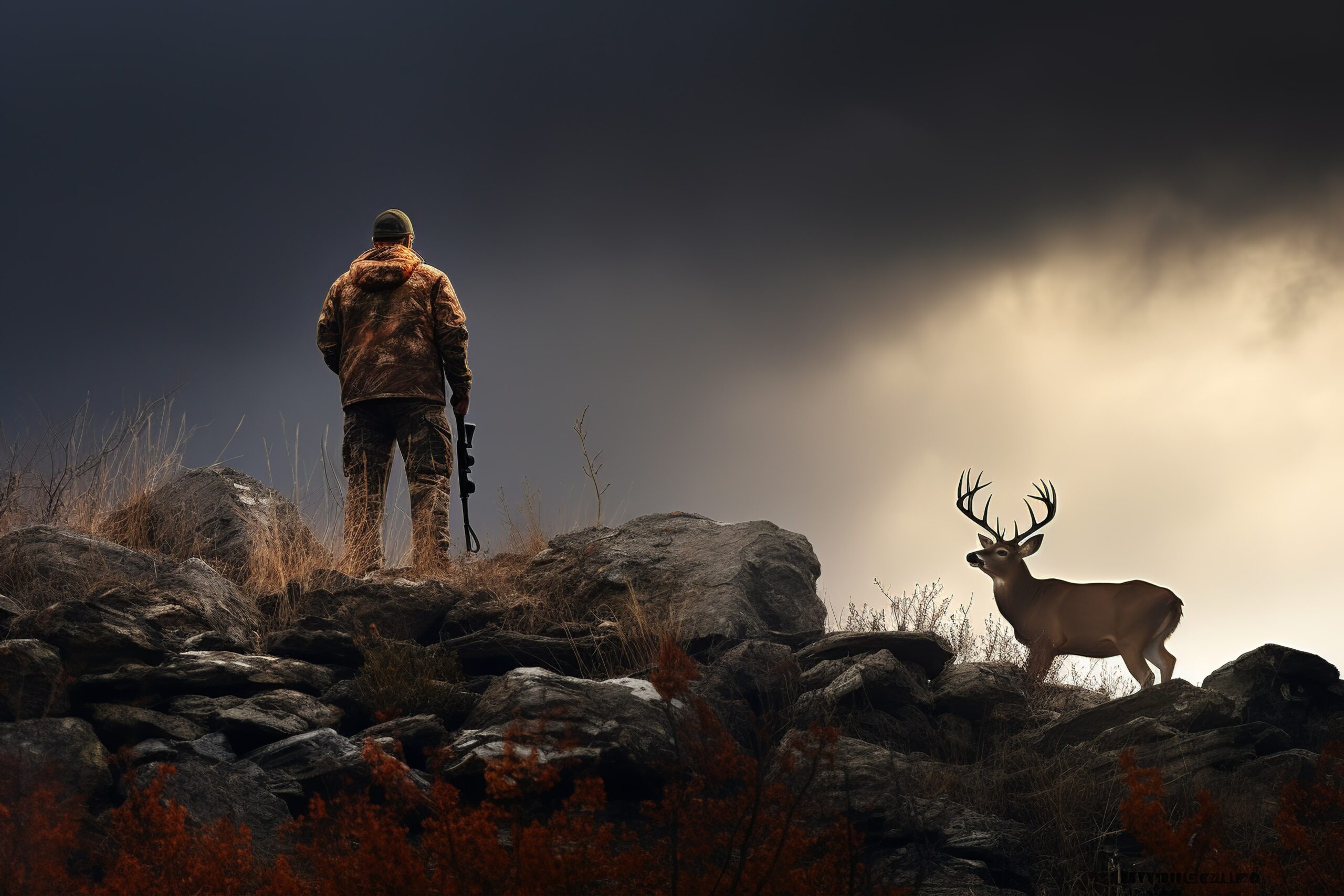
- The Turning Point: When Rajasthan’s Kings Became Protectors
By the mid-20th century, Rajasthan’s wildlife was in crisis. Overhunting, deforestation, and poaching had driven many species—especially tigers and blackbucks—to the brink of extinction.
🔄 What Changed?
✔ India’s Independence (1947): Royal privileges declined, and hunting was no longer seen as noble.
✔ Project Tiger (1973): The Indian government launched a national mission to save tigers, urging former royals to support conservation.
✔ Global Awareness: Conservation movements worldwide highlighted the dangers of hunting and habitat destruction.
🚀 Fact: By 1970, tigers had nearly disappeared from Rajasthan, leading to the creation of tiger reserves in Ranthambore and Sariska.
- How Rajasthan’s Former Royals Helped Conservation
While their political power declined, many royal families took a leadership role in conservation, transforming their hunting estates into protected reserves.
🐅 A. Jaipur Royal Family – Saving Ranthambore’s Tigers
✔ The former Maharajas of Jaipur were among the first to support Project Tiger.
✔ They helped turn Ranthambore from a hunting ground into a national park in 1980.
✔ Their continued patronage helped fund anti-poaching efforts in the park.
🚀 Success: Today, Ranthambore has over 80 tigers, making it one of India’s most successful tiger reserves.
🦅 B. Bharatpur Jat Royal Family – Creating Keoladeo Bird Sanctuary
✔ The Maharajas of Bharatpur banned hunting in the Keoladeo wetlands in the 1950s.
✔ They encouraged birdwatching and eco-tourism, leading to its UNESCO World Heritage Site status in 1985.
🚀 Success: Keoladeo is now one of the world’s most important bird sanctuaries, home to over 370 species.
🦌 C. Bishnoi Community & Marwar Royals – Saving Blackbucks
✔ The Bishnoi community, with support from Jodhpur’s royal family, stopped the illegal hunting of blackbucks.
✔ Today, blackbuck populations are rising, and the species is no longer critically endangered in Rajasthan.
🚀 Success: The Bishnoi-led conservation efforts led to the arrest of a famous Bollywood actor for hunting blackbucks in 1998.
🐆 D. Jhalana Leopard Reserve – Jaipur’s Royal Gift to Conservation
✔ Once a hunting ground, Jhalana was turned into India’s first urban leopard reserve in 2017.
✔ The Jaipur royal family supported this effort, promoting eco-tourism and wildlife awareness.
🚀 Success: Jhalana now has over 40 leopards, proving that urban wildlife conservation is possible.
- The Challenges of Conservation After the Hunting Era
While Rajasthan’s former royal families played a major role in converting hunting grounds into sanctuaries, many challenges remain.
⚠️ A. Poaching & Illegal Wildlife Trade
❌ Tigers and leopards are still targeted for their skin and bones.
❌ Great Indian Bustards are at high risk of extinction.
🚀 Solution: Stronger anti-poaching laws and community-led conservation efforts.
⚠️ B. Human-Wildlife Conflict
❌ As wildlife populations recover, more leopards and tigers are entering villages.
❌ Farmers often retaliate by poisoning predators.
🚀 Solution: Compensation programs for farmers who lose livestock to wildlife.
⚠️ C. Loss of Natural Corridors
❌ Expanding cities and roads block wildlife movement, leading to isolation.
❌ Without safe passage, tigers and leopards face inbreeding risks.
🚀 Solution: Rajasthan is developing wildlife corridors to connect Ranthambore, Sariska, and Kumbhalgarh reserves.
- The Future of Conservation in Rajasthan
✔ Rajasthan’s former royal families have proven that conservation works, but there’s still more to do.
✔ Expanding eco-tourism and local awareness programs can make wildlife conservation economically sustainable.
🚀 What’s Next?
✅ Expanding protected areas for tigers, leopards, and blackbucks.
✅ Strengthening wildlife laws against poaching and illegal encroachments.
✅ Promoting eco-tourism and heritage conservation to generate funds for wildlife.
🌍 Final Thought: Rajasthan’s royal families played a major role in hunting, but today, they are leading the way in conservation. By transforming hunting reserves into national parks, they have helped save Rajasthan’s most iconic wildlife.
🔍 What do you think about Rajasthan’s royal shift from hunting to conservation?
Disclaimer All images used in this blog are either sourced from public domain or credited to their respective owners. If you are the copyright holder of any image and wish to request its removal or proper attribution, please contact us at [email protected]
